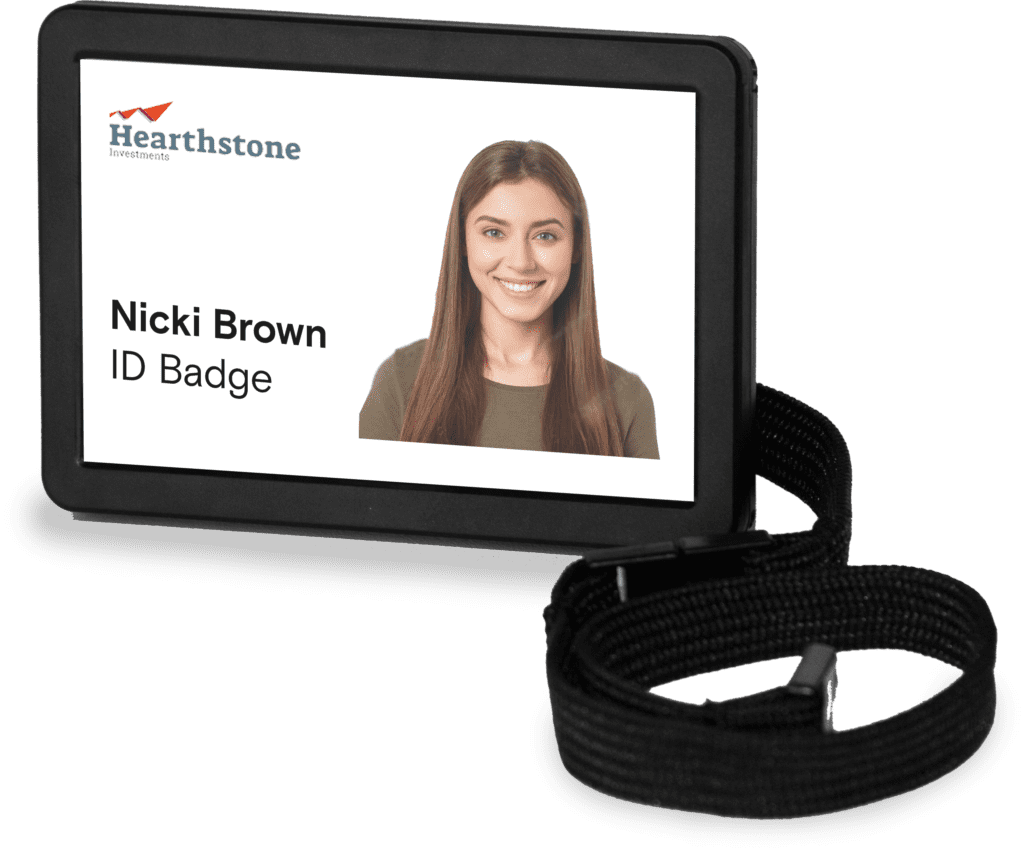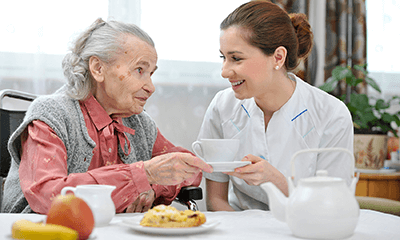How To Protect The Safety Of Volunteers
Across the UK, there are around 166,000 registered charities employing 870,000 people. In order to remain operational and deliver essential services, charities are reliant on volunteers to supplement their paid workforce.
According to the National Council for Voluntary Organisations, “volunteering is someone spending time, unpaid, doing something that aims to benefit the environment or someone who they’re not closely related to. Volunteering must be a choice freely made by each individual.”
Over a third (36%) of people – estimated at around 19.4 million – formally volunteered at least once in a 12 month period through a group, club or organisation. Although volunteers are not directly employed by an organisation, their safety should still be a high priority.

Does health and safety legislation apply to volunteers?
That depends on whether a business or voluntary body has any employed staff. If there are employees, the Health and Safety at Work Act 1974 is applicable and a prosecution for an injured volunteer would be brought under section 3 of the legislation. This is the provision that deals with non-employees such as members of the public, service users and volunteers.
If, however, a voluntary body has no employees, it cannot be prosecuted under the Health and Safety at Work Act because it is criminal law and only applies to employers, employees and the self-employed.
Despite this, under civil law, organisations have a ‘duty of care’ requirement to protect the health, safety and wellbeing of anyone that deals with the organisation; including volunteers, customers, suppliers or even the general public. Reasonable steps should be taken to reduce the probability and seriousness of injuries to volunteers.
Due to the legal duty of care, an injured volunteer can bring a civil claim against an organisation where that duty has been breached. For this and other reasons, it’s generally considered good practice that people working as volunteers are afforded the same level of health and safety protection as employees.
Additional health and safety measures for volunteers may be deemed necessary because they are less familiar with the working environment or have less experience than regular employees.
Rights as a volunteer
Volunteers don’t receive a contract of employment, therefore they don’t have the same rights as an employee. Usually, volunteers will be given a volunteer agreement that explains:
- level of supervision and support to be received
- training to be received
- health and safety issues
- if they are covered under the organisation’s employer or public liability insurance
- any expenses that will be covered
A volunteer agreement isn’t compulsory and it doesn’t form a contract between the volunteer and the organisation. What it does is set out what a volunteer can expect from the organisation.
Policies and risk assessment
Organisations with five or more employees are legally obligated to have a written health and safety policy, setting out the organisation’s commitment and clarifying procedures. If volunteers form part of the organisation’s workforce they should be included in the policy and have access to it. Smaller and volunteer-only organisations should also strongly consider writing a similar policy.
The Management of Health and Safety at Work Regulations 1999 places an additional duty on employers to carry out risk assessments. To demonstrate that the organisation’s duty of care towards volunteers is being taken seriously, the potential risks faced by volunteers need to be considered and steps put in place to mitigate them.
Risks to volunteers can be minimised in a number of ways, depending on the hazard being faced. Organisations may need to:
- provide information and training
- introduce more supervision
- introduce different working practices
- use protective clothing and equipment
Volunteers and lone working
Lone working relates to any work activity where the person is by themselves without close or direct supervision. In the volunteer and charity sector, lone workers perform a variety of roles including fundraiser, community worker, events assistant or befriender.

Although lone workers don’t face any additional hazards, there is a greater risk that should anything go wrong, it is more likely to cause harm and have a detrimental effect on the worker. Many of the tasks performed by lone charity workers involve interacting with members of the public which increases the potential for violent, threatening and abusive behaviour, particularly when money is involved.
Take a look at our infographic about the risks for public-facing lone workers
Volunteers collecting donations on the street or handling desirable items in a charity retail store could be seen as easy targets by potential thieves, particularly if they are by themselves and distracted by other people.
Fundraisers travelling door-to-door are at particular risk of receiving verbal or physical abuse from people who do not wish to be disturbed in their home environment. Similarly, certain charities working with vulnerable individuals may offer a home visit service which is carried out by volunteers. Entering the homes of these service users presents a risk to health and safety, particularly if the client has a history of challenging behaviour.
How to protect lone working volunteers
Volunteers should be afforded the same level of protection as any paid employee to ensure they remain safe while carrying out tasks in their own free time.
Organisations should always start by conducting a risk assessment to identify potential hazards and have subsequent processes in place to manage and control these hazards.
Creating lone working a lone worker policy in addition to the general health and safety policy will provide clear processes and procedures for volunteers when working alone. It should outline the responsibilities of the organisation and the volunteers themselves as well as provide guidance on how to lone work safely. For example:
- Ensure you have an appropriate means of communication that is fully charged
- Inform a supervisor or colleagues of your schedule including details of where you’re going, at what times and who you’ll be meeting
- Regularly check-in with a ‘buddy’ or supervisor
- If travelling by car, park in well-lit areas facing the exit where possible
Organisations may consider providing a lone worker service as part of the personal protective equipment (PPE) supplied to employees and volunteers so they have support where certain risks cannot be completely mitigated. Personal safety alarms have proved particularly effective in the event of aggressive or violent behaviour from members of the public.
In addition, fall detection technology built into personal safety devices helps to combat the risk of slips, trips and falls which remain the biggest cause of workplace injuries according to the latest HSE statistics. This feature is able to sense a change in orientation followed by a period of non-movement. It will then automatically raise an alert to the Alarm Receiving Centre (ARC) for the user to receive help.
Health and safety should be considered a priority by all groups and organisations that engage volunteers. With effective health and safety in place, volunteers will be able to carry out their activities effectively in a safe environment with minimum risk to themselves, the public or the organisation. Demonstrating a commitment to keeping volunteers safe can help to retain their services and attract more volunteers too.







